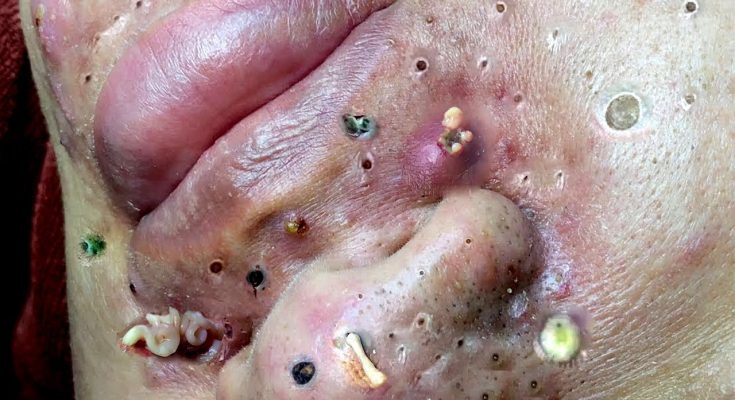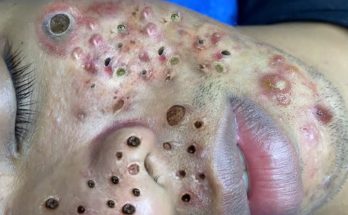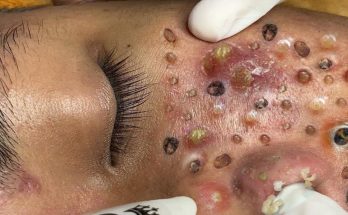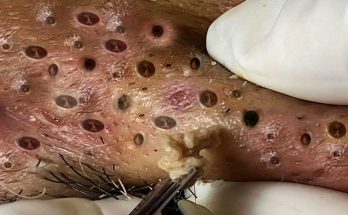DIY skincare has exploded in popularity, with social media full of “natural” recipes using kitchen ingredients. But just because it’s natural doesn’t mean it’s safe for your skin. Some DIY remedies can cause irritation, burns, or long-term damage. Let’s separate fact from fiction and reveal which DIY treatments work—and which to avoid.
❌ Harmful DIY Skincare Trends to STOP Using
1. Lemon Juice (Acidic & Photosensitive)
🚫 Why it’s bad:
- Highly acidic (pH ~2), disrupting your skin’s barrier.
- Causes chemical burns, hyperpigmentation, and sun sensitivity.
- No real brightening effect—just irritation.
2. Baking Soda (Too Alkaline)
🚫 Why it’s bad:
- pH of ~9 (skin’s natural pH is ~5.5), stripping protective oils.
- Causes redness, dryness, and microtears if used as a scrub.
3. Toothpaste (Drying & Irritating)
🚫 Why it’s bad:
- Contains menthol, alcohol, and baking soda—too harsh for acne.
- Can cause peeling, burns, and worsened breakouts.
4. Undiluted Essential Oils (Skin Irritants)
🚫 Why it’s bad:
- Tea tree, cinnamon, and citrus oils can cause allergic reactions.
- Never apply directly—always dilute in a carrier oil (if at all).
5. Sugar or Salt Scrubs (Microtears Risk)
🚫 Why it’s bad:
- Large, jagged particles can create microscopic tears in the skin.
- Worsens acne, rosacea, and sensitive skin.
✅ Safe & Effective DIY Alternatives
1. Honey (Natural Humectant & Antibacterial)
✔ Benefits:
- Hydrates, soothes inflammation, and has mild antibacterial properties.
- Best for: Dry, acne-prone, or sensitive skin.
- How to use: Apply raw honey as a 10-15 min mask, then rinse.
2. Oatmeal (Calming & Anti-Itch)
✔ Benefits:
- Contains avenanthramides (anti-inflammatory).
- Best for: Eczema, redness, sunburn.
- How to use: Blend into a paste with water/yogurt as a soothing mask.
3. Aloe Vera (Hydrating & Healing)
✔ Benefits:
- Cools burns, reduces redness, and speeds up healing.
- Best for: Sunburn, irritation, post-exfoliation soothing.
- How to use: Apply fresh gel (not green-tinged store-bought versions).
4. Green Tea (Antioxidant Powerhouse)
✔ Benefits:
- Fights free radicals, reduces puffiness, and calms acne.
- Best for: Oily, acne-prone, or aging skin.
- How to use: Brew, cool, and use as a toner or compress.
5. Yogurt (Gentle Lactic Acid Exfoliation)
✔ Benefits:
- Contains lactic acid (mild exfoliant) and probiotics.
- Best for: Dry or dull skin.
- How to use: Apply plain yogurt for 5-10 mins, then rinse.
⚠️ DIY Skincare Safety Rules
- Patch test first (apply behind the ear/wrist for 24 hours).
- Never leave on too long (10-15 mins max for masks).
- Avoid sun exposure after (some ingredients increase sensitivity).
- Stop if irritation occurs (redness, burning, itching).
💡 When to Choose Professional Products Instead
While some DIY ingredients are safe, store-bought skincare is more reliable because:
- Properly formulated (pH-balanced, preservatives for safety).
- Clinically tested for efficacy.
- Stable ingredients (vitamin C in DIY oxidizes quickly).
Example: Want vitamin C benefits? Use a serum (like Melano CC) instead of squeezing citrus on your face.
Final Verdict
DIY skincare can be fun, but not all natural = good for skin. Stick to gentle, proven ingredients (honey, aloe, oatmeal) and avoid harsh DIY trends (lemon, baking soda, toothpaste).
For serious concerns (acne, aging, hyperpigmentation), science-backed products work better.
Have you tried any DIY skincare? Share your experiences below! 🍯✨



